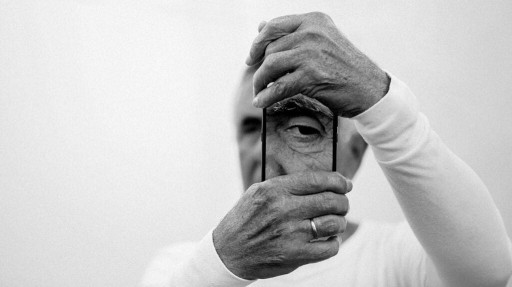In a globalized world, cultural sensitivity is paramount, even when it comes to handshakes. Different cultures have varying customs and expectations when it comes to greetings. In this article, we’ll explore how to adapt your handshake to different cultural norms.

Understanding Cultural Variations : Handshakes vary significantly across cultures, from the firmness of the grip to the number of shakes. In some cultures, a firm handshake is a sign of confidence, while in others, it may be seen as overly aggressive. Explore these variations and explain how they reflect cultural values and traditions. By understanding these nuances, you can approach handshakes with cultural sensitivity.
Researching Beforehand: Before engaging in cross-cultural interactions, it’s essential to research the customs of the culture you’ll be interacting with. Explain the importance of pre-interaction preparation and share resources and tips for gathering information. Suggest consulting travel guides, cultural sensitivity training, or even seeking advice from individuals familiar with the culture. Being well-informed is the first step in adapting your handshake appropriately.
Respecting Personal Space : Personal space varies among cultures, and it significantly influences handshake practices. Discuss how different cultures have varying concepts of personal space and how this impacts the distance at which handshakes occur. Offer advice on respecting personal boundaries during handshakes, especially when interacting with individuals from cultures that prefer more extended personal space.
Using Local Greetings : In some cultures, handshakes may not be the customary form of greeting. Explore alternatives to handshakes, such as bowing, the wai in Thailand, or other local greetings. Explain when and how to use these greetings appropriately, demonstrating your respect for local customs and traditions. Share anecdotes or examples to illustrate the significance of these greetings.
Handling Cultural Missteps: Despite your best efforts, cultural misunderstandings can occur. Address the possibility of cultural missteps when adapting your handshake. Explain how to handle these situations gracefully and respectfully. Emphasize the importance of acknowledging the mistake, apologizing if necessary, and showing a genuine willingness to learn and adapt.
Adapting your handshake to different cultures is a sign of respect and cultural competence. By being aware of cultural variations and showing sensitivity, you can build positive relationships with individuals from diverse backgrounds. Remember that a well-executed handshake reflects not only your respect for another culture but also your openness to understanding and appreciating the richness of global diversity.








